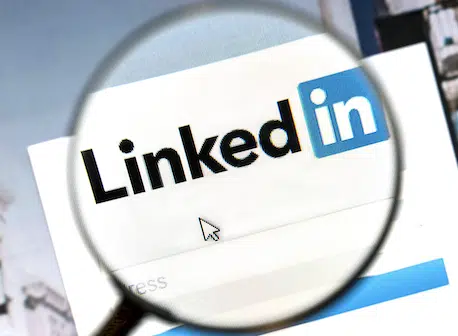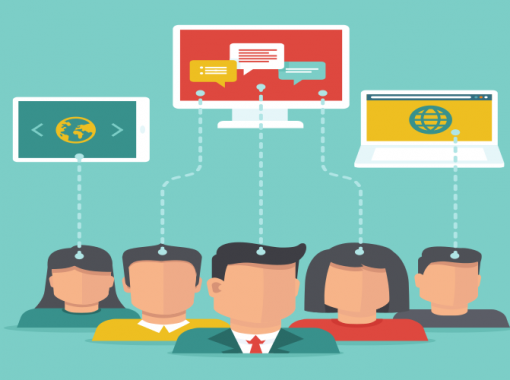
The pandemic has run its course, but it has changed the world forever, from how we work to how we act as consumers. The new normal is slowly emerging, and businesses are learning to adapt to these changes.
As businesses began to rebuild and customers returned, the fundamental rules for building a brand had stayed the same, but the way to do it had changed significantly. 80% of business leaders agreed that maintaining an effective brand was more important than ever before and that understanding the new customer needs and how to address them would be vital.
Table of Contents
Redefine What You Expect
The first step is looking at how the pandemic affected your industry and using that as a guide for redefining your brand.
Industries like tourism, travel, live entertainment, and restaurants struggled during the pandemic, and many of these types of businesses didn’t survive. Those who discovered new ways to provide their products and services to customers, like live-streamed events and leveraging delivery services. Now that the pandemic is over, they may never return to the way things were before. Instead, these new methods of serving their customer’s needs may become part of the new normal.
Other industries thrived in the middle of the pandemic. This includes grocery stores, delivery services, and tech companies. Now that the pandemic is over, many of these businesses have to discover where they fit now that workers are back in the office and people can go back to brick-and-mortar locations.
Understand What Your Customers Want Now
The pandemic had a major impact on the way businesses operate and interact with their customers. As a result of the pandemic and the associated lockdowns and social distancing measures, there has been a significant shift toward digital channels for communication, commerce, and entertainment. This shift towards digital has increased customer expectations in several ways:
- Availability: Customers expect businesses to have a strong online presence and be easily accessible through digital channels.
- Convenience: Customers expect businesses to offer convenient options such as online ordering, delivery, and contactless payment.
- Speed: Customers expect quick responses and efficient service from businesses.
- Personalization: Customers expect a higher level of personalization from businesses.
- Security: Customers expect businesses to prioritize security and protect their personal and financial information.
With customer expectations changing, it is critical to understand what they want now instead of relying on the knowledge of the past. This can be achieved by conducting customer satisfaction surveys that focus on measuring and analyzing customer feedback. Companies that focus on customer journeys will thrive. Companies that focus on customer journeys will thrive. According to Salesforce, 84% of consumers think the experience they have interacting with a business is just as important as its products and services. This was an 80% increase from 2018.
Your presence isn’t enough anymore. You must build customer engagement by focusing on their needs.
Stand for Something
The pandemic made consumers conscious of the role that businesses play in society and the environment. It brought issues such as social responsibility, sustainability, and ethical business practices into the spotlight, and consumers are increasingly seeking out companies that align with their values and beliefs.
66% of consumers say they would switch to a brand that is associated with a good cause, even if it means they have to pay more. The pandemic has caused many people to reevaluate their priorities and focus on what is most important to them. Many people are now more inclined to favor companies that are committed to making a positive impact on the world.
Go Digital
The pandemic had a significant impact on the way businesses and organizations operate, with many turning to digital solutions to continue providing services and support to their customers and clients. These digital solutions had many benefits:
- Increased efficiency: Digital solutions can streamline processes, reduce the need for physical documentation, and allow for remote collaboration.
- Greater accessibility: Digital platforms and technologies can provide greater access to information and services, particularly for those who may have limited mobility or live in rural areas.
- Reduced costs: Digital solutions can often be more cost effective than traditional methods, as they can eliminate the need for physical infrastructure and reduce the need for in-person interactions.
- Improved customer experience: Digital technologies can improve the customer experience by providing convenient, accessible, and personalized services.
Consumers now expect this level of service, and continuing further on this digital path can help businesses adapt to the changing needs and challenges brought about by the pandemic and position them for success in the long term
Reinvent Customer Experience
After the pandemic, customers are looking for familiarity, consistency, and continuity. This presents an opportunity for companies to reinvent the customer experience.
Businesses can start by understanding the customer journey, which includes the entire process of researching, buying, and consuming a product or service. The customer experience should also be designed to build loyalty and trust. This means ensuring the experience is positive and consistent, providing accurate and timely information, and responding to feedback and inquiries promptly.
Redefining your brand after the pandemic may not be a simple task, but the goal is the same as before: providing the products, services, and experience your customers expect.












